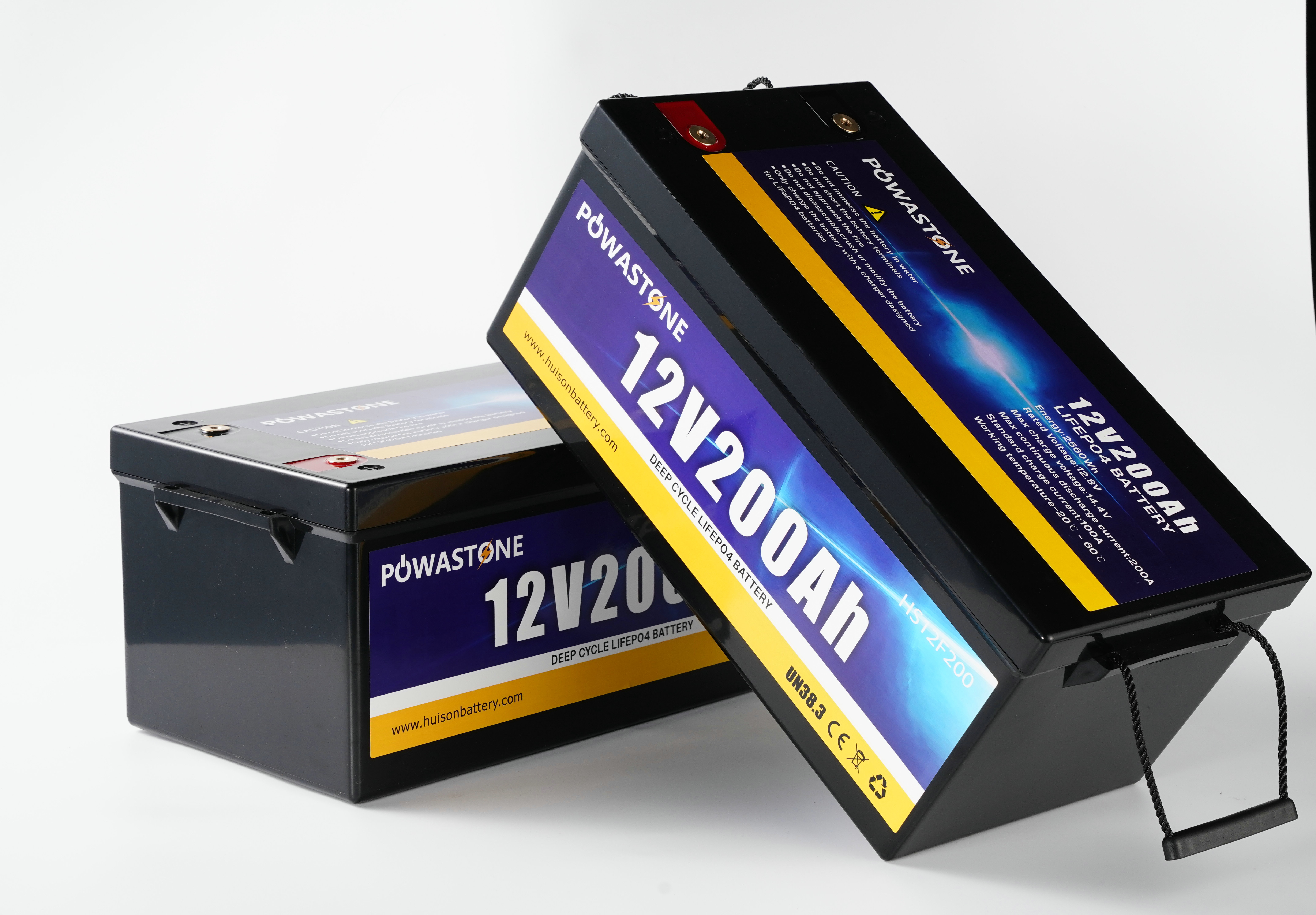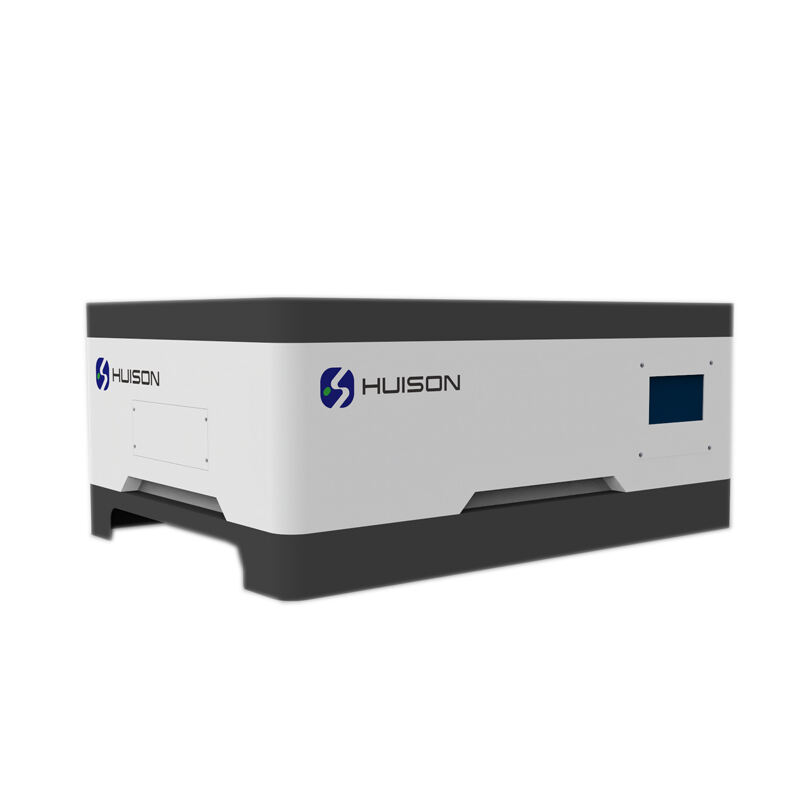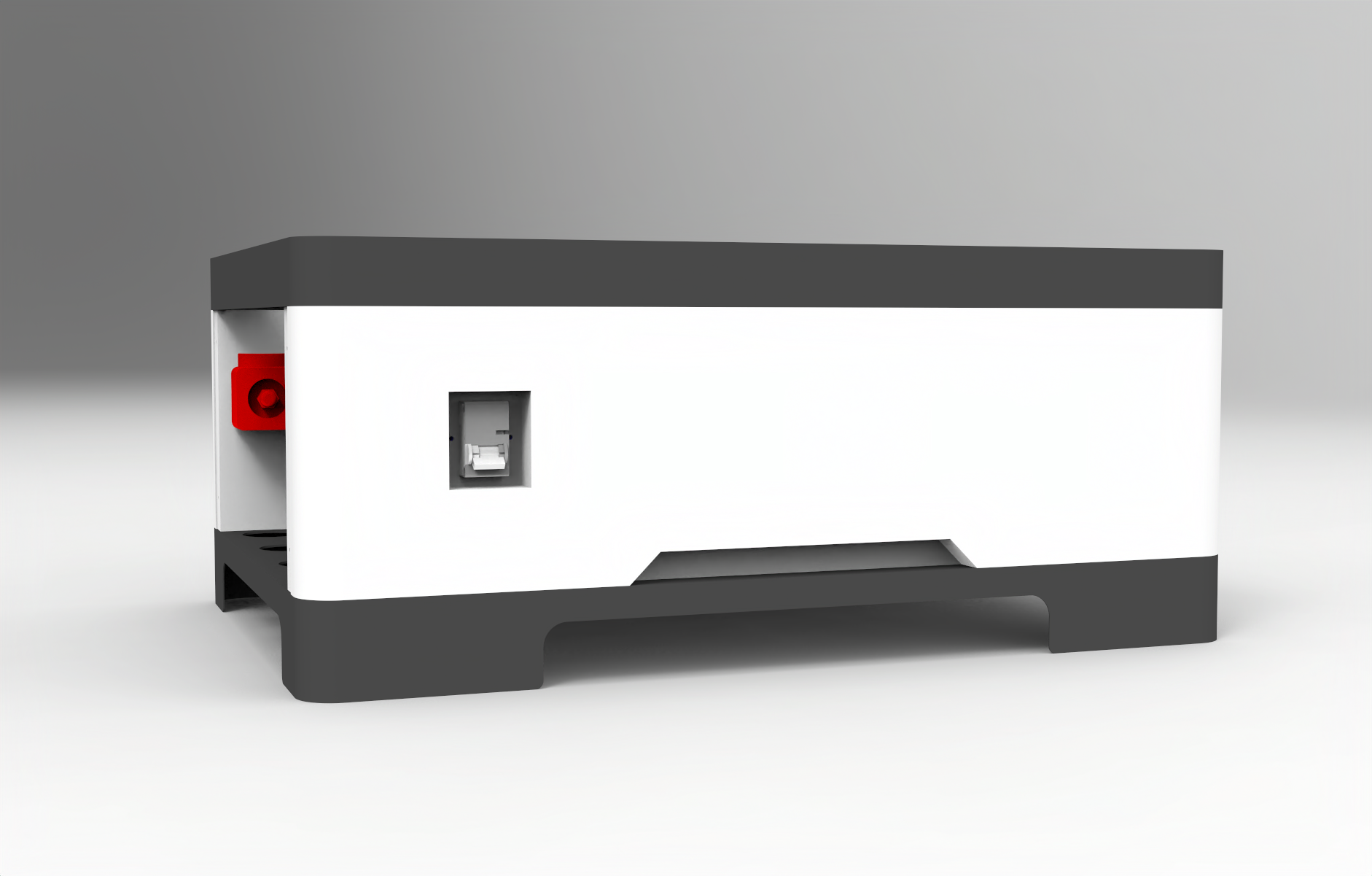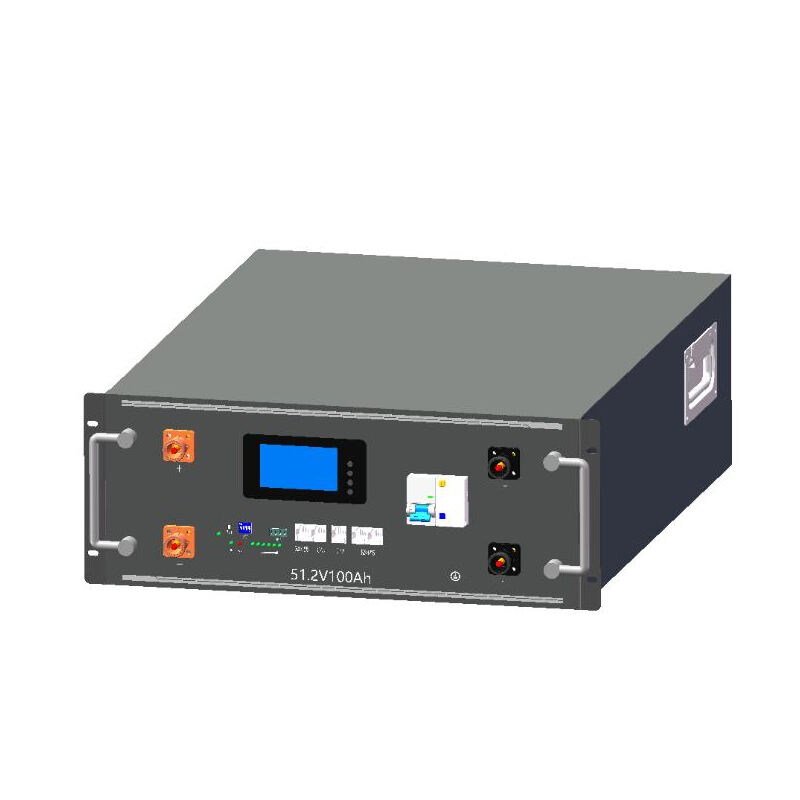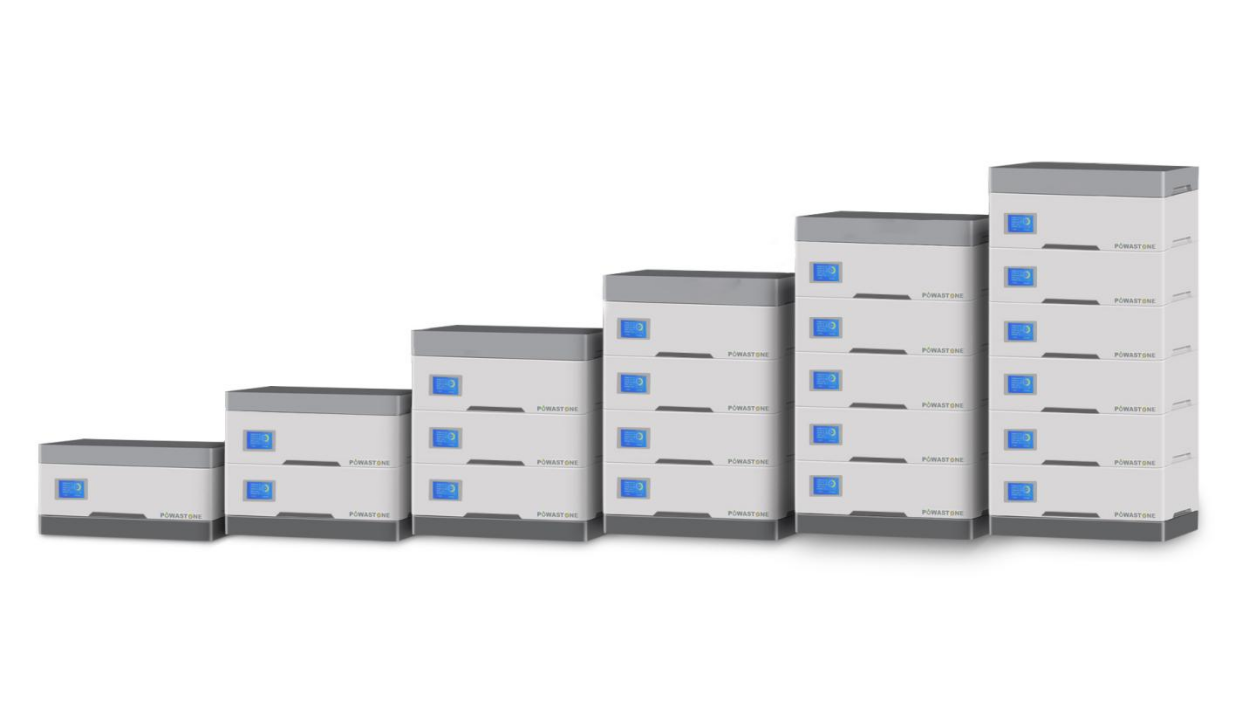The Role of Inverters in Efficient Energy Storage Solutions
In the fast-moving world of energy technology, the push for smarter storage systems keeps gaining speed. At the heart of these systems sit inverters, the gadgets that turn stored energy into power we can actually use. In this post, well break down how inverters work in storage setups, the different flavours you can find, and the trends that hint at where the tech is headed next.
What Exactly Is an Inverter?
Simply put, an inverter is the box that changes direct current (DC) from batteries or solar panels into alternating current (AC), the kind most lights and appliances expect. Without this step, renewable power cant feed into homes or the wider grid, so inverters end up at the centre of nearly every modern energy-storage plan. Within the wider category, people talk about string inverters, microinverters, and hybrid units, each one tuned to a different job and offering its own set of perks.
Why Inverters Matter in Storage Setups
When batteries sit full, energy still needs a careful route out, and thats where the inverter steps in. It syncs every source-solar, wind, or stored juice-smoothing the flow so nothing goes to waste. On top of that, a good inverter helps keep the grid steady, matching supply to demand and easing stress during busy hours.
Benefits of Advanced Inverter Technologies
Modern inverters do a lot more than simply convert DC to AC; they now act like smart energy managers for homes and businesses. By talking directly to the power grid, these units send back live data that helps utilities balance supply and demand, reducing the risk of blackouts or curtailments. Beyond grid interaction, smart inverters fine-tune charge and discharge cycles so batteries never sit at full throttle too long. This gentle treatment extends battery life and lowers overhead costs, translating into savings for everyday users.
Future Trends in Inverter Technology
Looking ahead, the inverter realm is set for even bolder leaps as engineers chase tighter efficiency and higher reliability. Because rooftop solar, wind farms, and micro-grids are popping up everywhere, next-generation units will need to juggle bigger loads while staying cool. Solutions on the drawing board include AI-driven forecasts that adjust output before clouds pass, sturdy safety safeguards for over-voltage events, and plug-and-play system upgrades. With cities and remote villages alike moving toward local energy hubs, tiny micro-inverters paired with storage batteries are also gaining ground, giving each panel its own power brain.
Conclusion: The Path Forward
To wrap things up, inverters sit at the heart of every good energy-storage setup. They change stored power into a usable form and, by doing so, boost both the performance and trustworthiness of the entire system. With each new tech advance, these devices gain fresh features that push energy-storage and-smart-grid ideas even farther. When homeowners and companies know how crucial inverters really are, they make wiser choices about greener energy systems that work today-and help the planet tomorrow.










